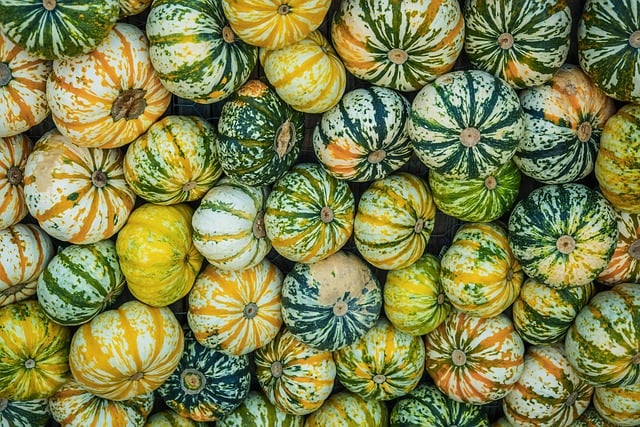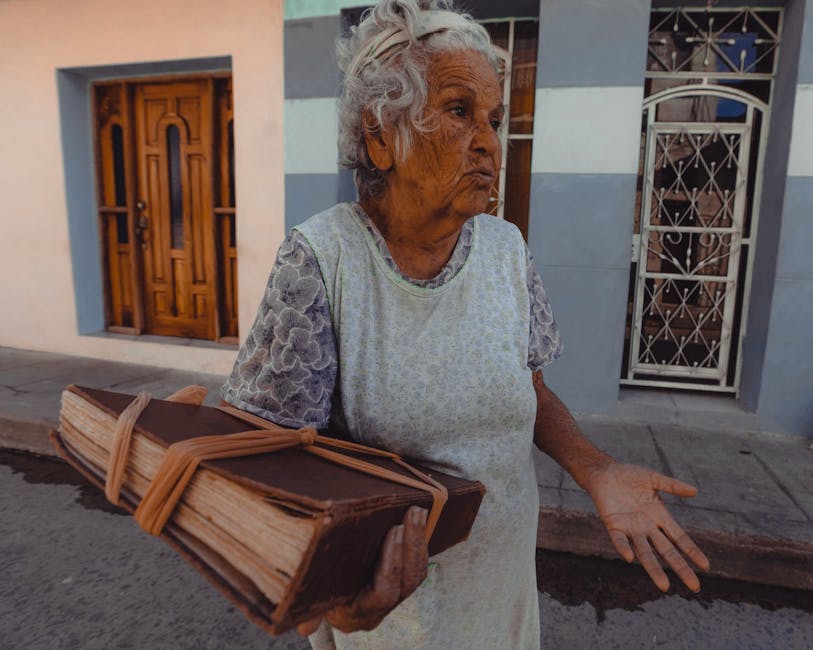Introduction: The Comeback of Creative Television
For a long time, variety shows were treated like background noise—light filler between primetime heavyweights. Not anymore. What used to be predictable formats packed with overused skits and musical numbers has now morphed into something leaner, smarter, and far more engaging.
The modern variety show blends chaos with craft. It’s not just about comedy or music; it’s an all-genre sandbox where creators mix game elements, satire, reality TV segments, and even serialized storytelling. Think less “weekly talent show,” more “controlled creative experiment.” This evolution is unlocking a new kind of energy—part sketch, part spectacle, all tailored for a distracted, streaming-first audience.
Audiences are noticing. Maybe it’s nostalgia. Maybe it’s the way these shows cut through algorithm fatigue. But there’s a clear pull: humans being chaotic and creative in real-time. In an age of overload, format unpredictability feels fresh.
Variety TV isn’t just surviving—it’s setting the tone for what playful, risk-taking content can look like in 2024.
Reinventing the Format
Variety shows aren’t sticking to one lane anymore. They’re mixing comedy with music, sprinkling in documentary-style moments, and tossing reality twists into the mix—all in one episode. What used to be tightly defined segments are now experimental blends. One minute you’re watching a heartfelt solo performance, the next it’s a sketch that derails into a drama spoof. This mashup approach keeps audiences guessing—and watching.
Interactivity is also getting a serious glow-up. Live voting, audience-driven plot turns, in-show challenges sparked by real-time polls—it’s not just shout-outs anymore, it’s viewers co-creating the show. This loop between audience and cast makes every episode feel more alive. Mistakes stay in. Moments go viral. Nothing feels entirely scripted, which makes it stick.
And it’s not just homegrown stuff. Global formats are being reworked across borders. A South Korean mystery-themed variety show might get reimagined in Brazil with musical numbers and improv challenges. Cultural remixing is becoming the norm, not the exception. It’s risky, messy, and surprisingly addictive.
The Tech Edge
Variety shows aren’t just about who’s on stage anymore. The real spectacle is often behind the curtain—or behind the screen. Tech is quietly, and sometimes loudly, reshaping how these shows are made and experienced.
Virtual sets and XR (Extended Reality) are becoming more than buzzwords—they’re tools directors rely on to build entire worlds without leaving the studio. This kind of tech saves time and budget, but more importantly, it unlocks creative freedom. One episode a glossy game show set, the next a sci-fi landscape with no real props. All real enough for the viewer to stay immersed.
But it doesn’t stop there. Episodes are now live-tested in real time thanks to social feedback loops. Comments and reactions on platforms like TikTok, X, or even live YouTube chats aren’t just noise—they steer the show. Producers tweak pacing, adjust audience polls, or spin viral moments into recurring bits. It’s fast-turn content with the audience effectively sitting in the control room.
Then there’s AI. No, it’s not running the show—but it’s doing the heavy lifting backstage. AI-assisted scripting tools speed up early drafts, AI editors tighten cuts, and machine-learning algorithms help post-production spot what plays well before audiences even see it. Creators still hold the wheel, but now the car drives faster and smoother.
This is what keeps the format fresh. New tech isn’t just a gimmick—it’s the engine doing quiet work to push variety shows into the now.
Breaking the Mold: New Faces and Formats
Unconventional Hosts are Stealing the Spotlight
Today’s variety shows are boldly moving beyond traditional hosting choices. Networks and platforms are leaning into fresh, offbeat personalities to redefine audience expectations—and in many cases, it’s working.
- Comedians, online creators, and even activists are stepping in as hosts
- Audiences are responding well to authenticity over polish
- Hosting duties are shared in ensemble-style formats, adding creative dynamics
This shift not only diversifies the talent pool but also brings new perspectives and voices to mainstream entertainment.
Stars Breaking Out of the Mold
Celebrities are shedding their scripted personas and embracing unscripted territory. More than a stunt, this trend signals a renewed interest in relatability and risk-taking.
- Film and music stars venturing into game shows, talent competitions, and improv formats
- Celebrity-led segments often focus on humor, vulnerability, or spontaneity
- These unscripted moments foster a deeper connection with fans
Viewers enjoy watching their favorite stars in a different light—away from rehearsed lines and into the unpredictable.
Formats Built for the Stream and the Screen
To meet the demands of mobile-first and time-constrained audiences, many variety shows are spinning off into short-form versions. These aren’t simply highlights—they’re standalone bites of entertainment designed for scrolling, bingeing, and sharing.
- Vertical and square formats optimized for mobile platforms
- Episodes trimmed to 3–10 minutes for easy consumption
- Networks using these spin-offs to test new talent and segment ideas
Short-form content keeps variety shows relevant, especially among Gen Z viewers who prefer quick, snackable storytelling over traditional 60-minute runtimes.
Innovation in Storytelling
One-off segments are out. In 2024, variety shows are threading stories across episodes, building something much closer to a binge-worthy TV series than a grab-bag of skits. We’re seeing hosts with long-form character arcs, recurring guests with emotional throughlines, and creative teams treating each episode like a chapter. Viewers come back not just for laughs or stunts—but because they’re invested in what happens next.
Surprisingly, this shift is happening without tight scripts. Even in unscripted shows, production teams are mapping narrative beats. Conflict and resolution, growth and payoff—these devices work, and today’s audiences respond better when there’s direction beneath the chaos.
Pacing is also evolving. Some shows are slowing down, carving space for small, emotional moments. Others are doing the opposite—cutting faster, dropping scenes mid-conversation, remixing timelines. A few blend both, switching gears in a single episode. It’s storytelling with edge, and viewers are hooked.
The rules are gone. And for creators willing to stretch beyond formula, that’s a massive opportunity.
Impact on Viewership and Cultural Trends
Experimental formats aren’t just pushing creative boundaries—they’re pulling in serious numbers. When shows ditch the formula and try something fresh, it turns heads. Whether it’s a cooking show blended with improv comedy or a music competition with interactive rules, viewers are showing up—and sticking around. The data doesn’t lie: ratings spike when formats break the mold.
What starts niche now often goes global. A once-obscure Korean variety show suddenly gains traction in Brazil. A dance challenge from a quirky Swedish program blows up on TikTok. These shows grow digital roots, building fandoms across time zones. Subtitles, fan edits, online translations—audiences are doing the legwork because they care.
And from those fandoms, culture starts to shift. Outfits worn on-screen show up in fast-fashion catalogs a month later. A catchphrase from a show gets memed into oblivion. Underground music featured in one episode becomes the next viral Spotify hit. This isn’t just entertainment—it’s cultural fuel. Variety shows today aren’t just mirroring trends. They’re making them.
The Role of Streaming Platforms
Streaming platforms have thrown out the old rulebook—and variety shows are better for it. Without the rigid time slots, ad breaks, or content restrictions of traditional broadcast, creators have room to experiment and take risks. Shows can push boundaries, play with tone, or blend formats that would’ve been unthinkable on cable. There’s freedom to test, fail, adapt, repeat.
That same flexibility is behind the rise of binge-friendly formats. Instead of waiting week-to-week, audiences now devour entire seasons of variety shows in a single weekend. Producers are adapting by tightening story arcs and sharpening hooks in each episode—rewarding nonstop viewing without relying on loud gimmicks.
And it’s not just domestic hits that are dominating feeds. International variety shows are gaining surprising traction, thanks to clever subtitling, dubbing, and global fan communities driving word of mouth. A show from Seoul or São Paulo can trend globally by Monday morning. The borders are dissolving. Streaming made that possible.
Challenges and Criticisms
There’s no shortage of variety shows these days—and that’s part of the problem. With every platform greenlighting its own twist on the format, audiences are starting to tune out. Oversaturation is hitting hard. Many shows feel like carbon copies: flashy intros, celebrity panels, some improv, rinse and repeat. Formulaic entertainment is easy to forget.
For smaller creators and production teams, tightening budgets only add pressure. Unlike big studios with cash to experiment, independents are often boxed into safer, cheaper formats. That means fewer risks, less innovation, and a tougher hill to climb when trying to stand out.
But perhaps the trickiest balance is staying real while keeping things fun. Pushing entertainment without tipping into gimmicks, and maintaining authenticity without dragging down the energy. The sweet spot is narrow—and only a few shows hit it right. Still, those that do are proving that honest, well-crafted variety content isn’t just possible—it’s powerful.
What’s Next: The Future of Variety
Television’s evolution doesn’t stop at one successful format. As we look ahead, variety shows are poised for even more transformation, driven by emerging technologies and an increasingly global audience.
AI-Generated Segments and Personalization
Artificial Intelligence is quickly becoming more than just a behind-the-scenes tool. Future-forward variety shows are expected to integrate AI visibly and interactively:
- AI-generated content such as improv skits, music segments, or character interactions can add unpredictable flair.
- Personalized viewer experience through algorithms that tailor segments based on preferences and viewing habits.
- Adaptive storytelling that changes depending on real-time feedback or viewer choices.
These innovations could make each viewing experience feel uniquely tailored to the individual.
The Rise of Hybrid Variety Shows
Gone are the days when variety shows stuck to rigid formats. In 2024 and beyond, we’re seeing a blend of different entertainment genres:
- Talk-meets-competition formats where celebrity interviews segue into improvisational games.
- Scripted-meets-reality mashups that present loosely structured narratives inside an unscripted format.
- Gamified segments where live audiences (in-studio or online) influence challenges or outcomes.
Hybridization helps shows appeal to multitasking audiences and keeps the format fresh for repeat viewing.
Global Influence and Cultural Export
As streaming platforms erase geographic boundaries, variety shows are emerging as major soft power exports:
- South Korea’s variety formats continue leading with fresh, risk-taking concepts that are being adapted worldwide.
- Formats from Latin America and Southeast Asia are drawing growing international fanbases.
- Subtitled and dubbed content is creating access for new audiences, fueling global fandoms faster than ever before.
Expect future variety shows to be as much about cross-border influence as TV ratings.
The future of variety lies in adaptation—technologically, structurally, and culturally. Those who innovate boldly and connect broadly will shape what ‘variety’ means for the next generation of television.
Bonus Insight
Want to go deeper into how modern media is breaking the mold? Check out our companion feature: Top Movie Reviews: Must-See Films of the Year. It’s a curated look at the films redefining what storytelling looks like on the big screen—perfect if you’re tracking innovation across formats, from TV to cinema.
Final Take
Innovation isn’t about reinventing the wheel—it’s about making it move better, faster, and in more directions. Variety shows aren’t new. They’ve been around for decades, and for a while, they felt like relics of a past media era. But the infusion of tech, fresh storytelling, and global sensibility is giving the genre a real pulse again. We’re seeing creators treat the format like a sandbox: experimenting with structure, tone, and delivery in ways that surprise both the audience and themselves.
The truth underneath it all? Formats come and go, but entertainment value is the constant that keeps people watching. If it’s electric, relatable, or just plain fun, it lands—no matter the container it’s in. That’s why variety is thriving. The core idea has stayed the same, but the execution is sharper, riskier, and more immersive than ever. Future-forward, yes. But at its heart, it’s still all about keeping viewers interested and coming back for more.




